
Forecasting the Life of a Mass Concrete Structure, Part One
A CASE STUDY FROM THE FERMILAB LONG BASELINE FACILITY By: Keith Kubischta and Andy Coughlin,

A CASE STUDY FROM THE FERMILAB LONG BASELINE FACILITY By: Keith Kubischta and Andy Coughlin,
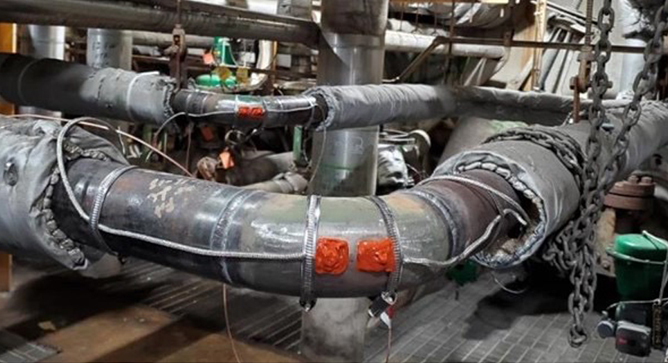
TECHNOLOGY INNOVATION – THICK FILM SENSORS By: Jason Van Velsor and Robert Chambers The ability
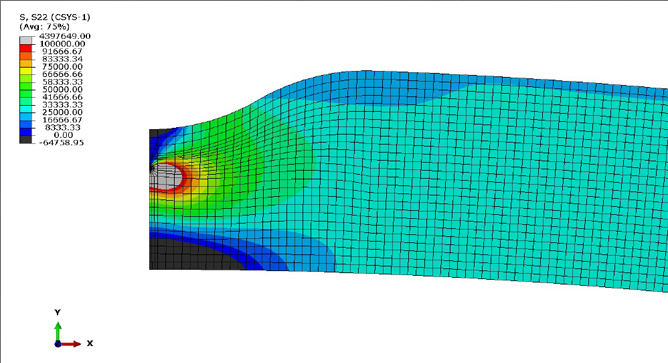
ENGINEERING CRITICAL ASSESSMENT By: Pete Riccardella, Scott Riccardella and Chris Tipple The Structural Integrity Associates,

By: Wenfeng Liu PEGASUS, a finite element fuel code developed at SIA, represents a new

SOFTWARE AUTOMATION By: Adam Roukema and Mark Jaeger Driving Forces for Digital Transformations: Paper Reduction
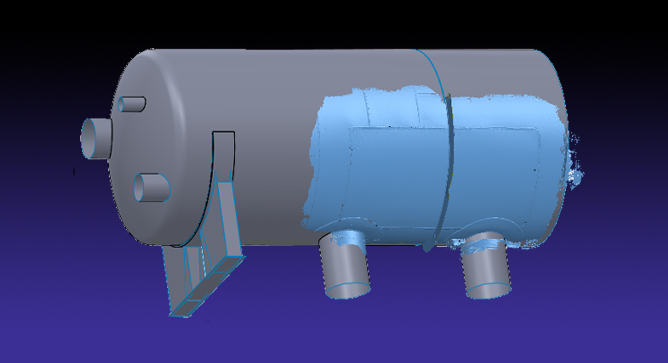
EFFECTIVE ASSESSMENT TECHNIQUES By: Matt David, Michael Greveling, Daniels Peters and Erick Ritter Recently, Structural
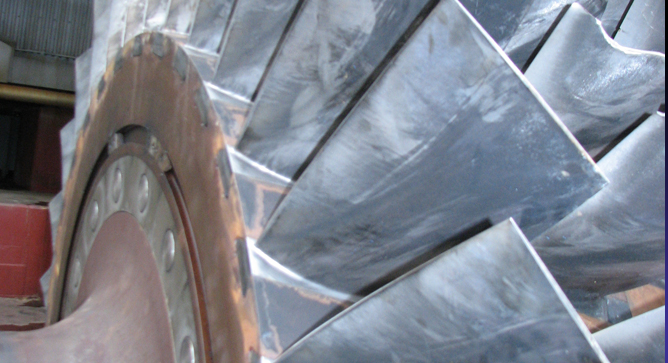
COMPONENT LONGEVITY By: John Molloy Introduction An industrial combustion turbine can ingest over 1000lbs of
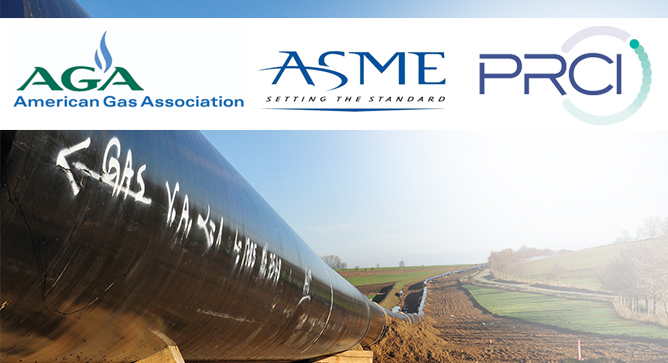
Authors: Scott Riccardella and Andy Jensen 2021 marked another successful year for the Structural Integrity
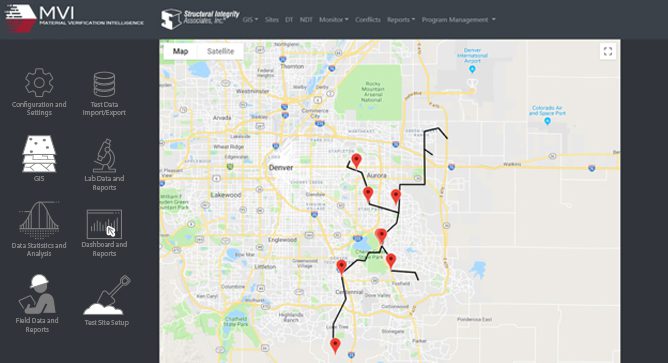
PIPELINE INTEGRITY SOLUTIONS By: Scott Riccardella and Roger Royer On October 1, 2019, the Pipeline
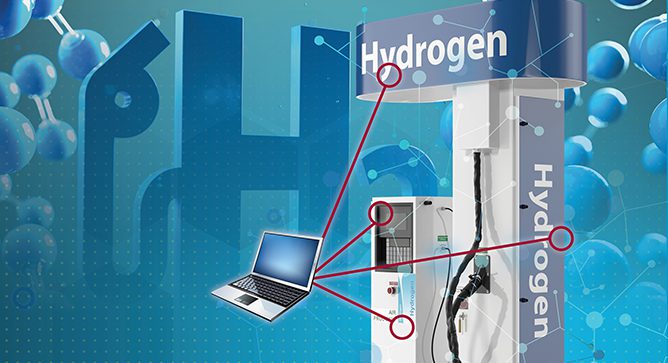
VESSEL LIFE CYCLE MANAGEMENT By: Erick Ritter and Daniel Peters Initial introduction of many of